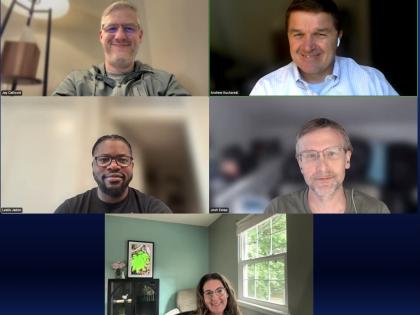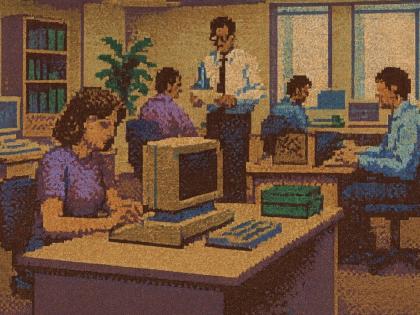
From Paperwork to People Work: How AI Frees Up Government Staff for High-Value Tasks
Picture this: a government employee drowning in a sea of paperwork, clutching a cup of cold coffee, and answering their 42nd phone call of the day about office hours. Sounds like a sitcom premise, right? Unfortunately, it's all too real. But fear not! AI is here, capes and all, ready to rescue public sector employees from the depths of routine inquiries and give them their time (and sanity) back.
Let’s face it—government work is notorious for being bogged down by endless forms, phone calls, and emails asking the same questions. “How do I renew my license?” “What are your office hours?” “Where can I apply for a business permit without losing my mind?” Enter AI chatbots like Civic Navigator AI, which handle these repetitive questions with the finesse of a seasoned bureaucrat but without the caffeine dependency.
Imagine an AI chatbot as the ultimate digital assistant—always available, never calling in sick, and somehow never needing a lunch break. It takes care of the mundane, freeing up human employees to tackle high-value tasks that require empathy, creativity, and, let’s be honest, a bit of that human touch. Suddenly, staff members can focus on helping citizens navigate complex cases, developing new community programs, or even brainstorming how to make the DMV experience less… DMV-ish.
The transformation is nothing short of magical. Instead of being stuck in an endless loop of “Have you tried turning it off and on again?” government staff can work on projects that genuinely improve public services. And let’s not ignore the joy of citizens who get instant answers from AI instead of waiting on hold, listening to the same four-bar loop of elevator music.
AI automation doesn’t just save time; it saves money. Budget constraints in the public sector are as common as bad coffee in break rooms. By automating routine tasks, AI reduces the need for additional staff, cuts operational costs, and ensures that every dollar is spent on services that actually matter. It’s like finding out your favorite coffee shop is offering free refills—unexpected but absolutely delightful.
And the best part? AI doesn’t get grumpy. It doesn’t roll its eyes when asked the same question for the 10th time in an hour. It cheerfully responds with accurate, consistent answers every single time. Meanwhile, human staff get to engage in meaningful work that brings job satisfaction. Happy employees? Check. Happy citizens? Double check.
Of course, there’s always the fear that AI will take over human jobs, but let’s clear that up right now. AI isn’t here to steal jobs; it’s here to make them better. Think of AI as the colleague who takes care of the tedious stuff so you can focus on the big-picture projects that make you feel like a rockstar. It’s not replacing people—it’s empowering them.
Take the Martin County Library System, for example. With Civic Navigator AI handling routine inquiries, library staff now have time to organize community events, assist with research projects, and even recommend that perfect book to a patron. It’s like going from being stuck in a never-ending game of Whack-a-Mole to hosting a well-curated book club.
The shift from paperwork to people work also means that citizens receive better service. No one enjoys waiting in line or navigating a labyrinthine phone system. With AI handling the routine, citizens get quick, accurate answers, while employees have the time to offer personalized assistance when it’s truly needed. It’s a win-win situation that even the most skeptical taxpayer can appreciate.
In short, AI is transforming public sector work from a never-ending slog to a dynamic environment where employees can shine. With tools like Civic Navigator AI, government staff are no longer buried under paperwork—they’re out there making a difference, one high-value task at a time. So, let’s raise a cup of (hopefully hot) coffee to AI, the unsung hero of modern public services, turning paperwork into people work one chatbot response at a time.
Andy Kucharski


